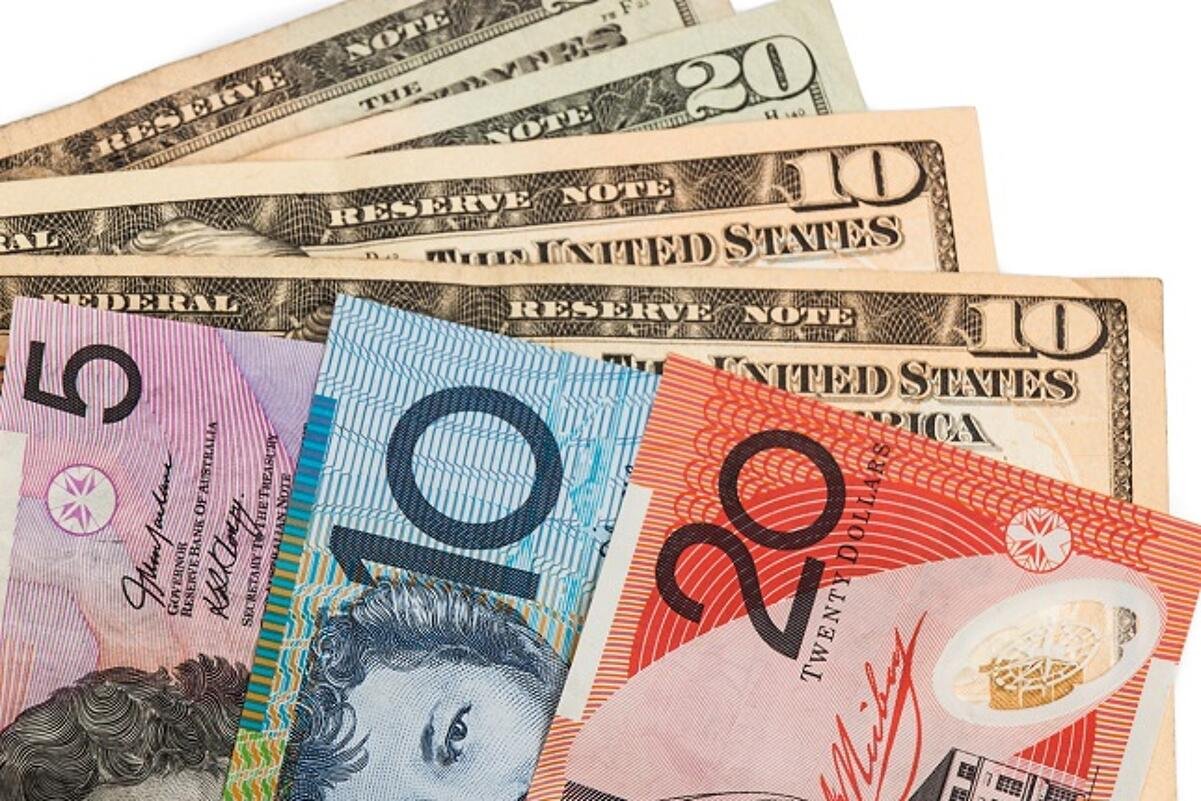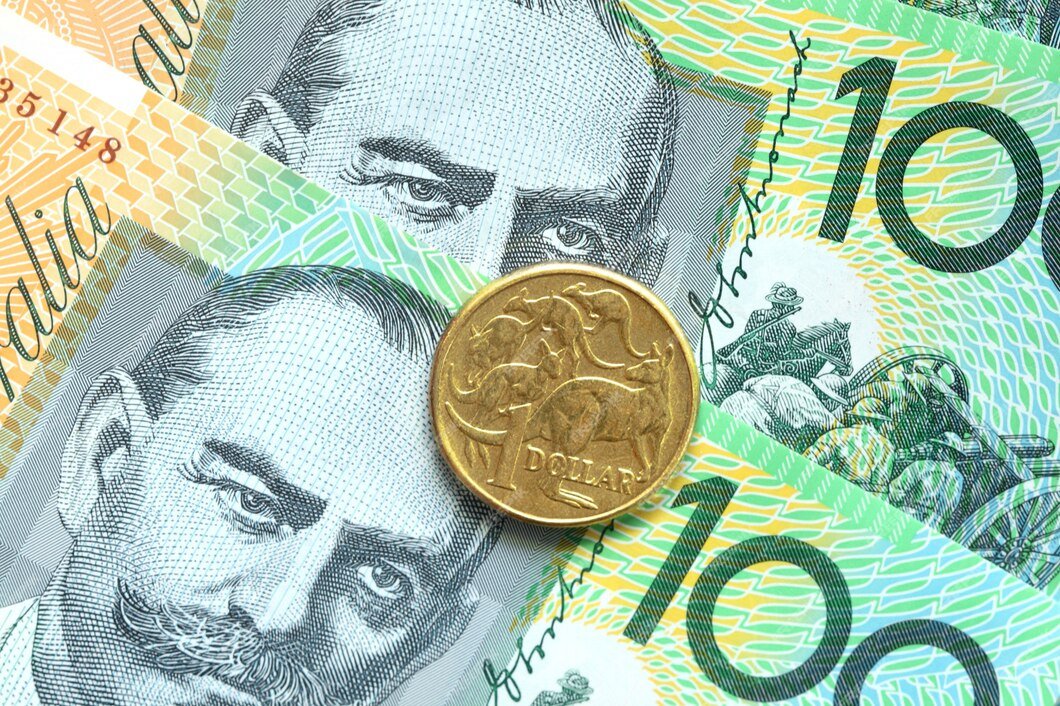Australian Dollar Falls Despite Consumer Confidence Surge as US Dollar Rises on Geopolitical News
Australian Dollar (AUD) continued its fall on Tuesday, trading at 0.6490 levels, despite a positive Westpac Consumer Confidence report jumping 5.7% in August to its highest since February 2022. The currency weakness is despite the US Dollar (USD) gaining momentum, driven by declining geopolitical tensions and ahead of a trilateral summit of US President Donald Trump, Russian President Vladimir Putin, and Ukrainian President Volodymyr Zelenskyy. Though the Reserve Bank of Australia (RBA) made a largely anticipated 25 bps interest rate reduction, strength in the US Dollar and hopes for the upcoming Jackson Hole Symposium and guidance from the Fed pressured the AUD/USD currency pair into breaking below the important 0.6500 level. KEY LOOKOUTS • Rose 5.7% in August to 98.5, its highest since February 2022, indicating boosting household confidence. • USD gains traction from geopolitical events, Trump’s plans to have a trilateral meeting, and expectations of Fed policy guidance. • The RBA reduced rates by 25 bps to 3.6%, but policymakers are not in a hurry for additional easing even as economic pressures continue. • The pair is trading beneath the important 0.6500 resistance area, with bearish risks to 0.6419 and possible support only above 0.6568. The Australian Dollar was kept in the doldrums on Tuesday, falling below the crucial 0.6500 level even after a robust recovery in consumer confidence, as the Westpac Consumer Confidence index jumped 5.7% in August to 98.5, its best since the early part of 2022. Though the Reserve Bank of Australia made the expected 25 bps rate cut, the AUD was unable to make headway as the US Dollar firmed up on decreasing geopolitics and expectation around the Jackson Hole Symposium. Preparations for a trilateral summit between US President Donald Trump, Russian President Vladimir Putin, and Ukrainian President Volodymyr Zelenskyy further buoyed the greenback, leaving the AUD/USD pair trading on a bearish bias and open to testing lower support levels. Australian Dollar fell beneath 0.6500 despite a strong consumer confidence bounce, as the US Dollar gained on the back of geopolitical optimism. Traders now await Fed guidance from this week’s Jackson Hole Symposium, maintaining pressure on the AUD/USD pair. • The Australian Dollar (AUD) recorded a second day of losses, trading just below 0.6490. • Westpac Consumer Confidence rose 5.7% in August to 98.5, the highest since February 2022. • Reserve Bank of Australia (RBA) reduced rates by 25 bps to 3.6%, as expected. • US Dollar (USD) strengthened on easing geopolitical tensions and tariff news. • Planning for a Trump-Putin-Zelenskyy trilateral gathering improved sentiment in the market. • US Dollar Index (DXY) rose to approximately 98.20 in anticipation of the Jackson Hole Symposium. • Technicals indicate AUD/USD below 0.6500, with bear momentum and risks towards 0.6419 support. The economic outlook of Australia was given a boost by Westpac Consumer Confidence bouncing 5.7% in August to 98.5, its highest reading since February 2022. The rise indicates a slow improvement in household sentiment boosted by the Reserve Bank of Australia’s total 75 basis points of rate cuts for the year. Analysts are saying that although consumer pessimism might be relenting, sustaining momentum might take ongoing policy support, though the RBA is not presently under any immediate pressure for more cuts. AUD/USD DAILY PRICE CHART SOURCE: TradingView Geopolitical events across the globe have garnered broad attention, especially with US President Donald Trump having made preparatory gestures for a trilateral summit with Russian President Vladimir Putin and Ukrainian President Volodymyr Zelenskyy. The move seeks to tackle security assurances and possible territorial deals, and Ukraine has also reaffirmed significant weapons purchases and invited US participation in peace talks. These moves, as well as persistent US trade policy changes and expectations of the Federal Reserve’s next move, are influencing broader market mood. TECHNICAL ANALYSIS AUD/USD remains below the pivotal 0.6500 resistance level, indicating sustained bearish pressure. The pair is still under sell pressure as it trades below both the nine-day and 50-day Exponential Moving Averages (EMAs), with the 14-day Relative Strength Index (RSI) remaining below the 50 level, reinforcing bearish buying pressure. On the negative side, the pair can test support around 0.6419, the two-month low of August 1, with additional losses revealing the three-month low of 0.6372. But a clean breakout above 0.6500 and continued rally above 0.6568 might turn the trend in favor of the bulls. FORECAST And if the AUD/USD currency pair is able to retake the 0.6500 psychological level, backed by a weaker US Dollar or better risk appetite, it might pick up short-term momentum towards the recent monthly high of 0.6568. A sustained rise above this level could set the stage for further upward momentum, the next target at 0.6625, the nine-month high of late July. Improved domestic data or suggestions of further RBA policy stimulus might also support the Australian Dollar’s rebound. On the negative side, a failure to stay above the 0.6500 zone would expose the AUD/USD to a retest of the two-month low at 0.6419. A clear breakdown below here could provoke further declines towards the three-month low at 0.6372. The pairing of further US Dollar upside on the back of continued geopolitical optimism or hawkish comments from the Federal Reserve during the Jackson Hole Symposium might intensify bearish pressures on the pair.












